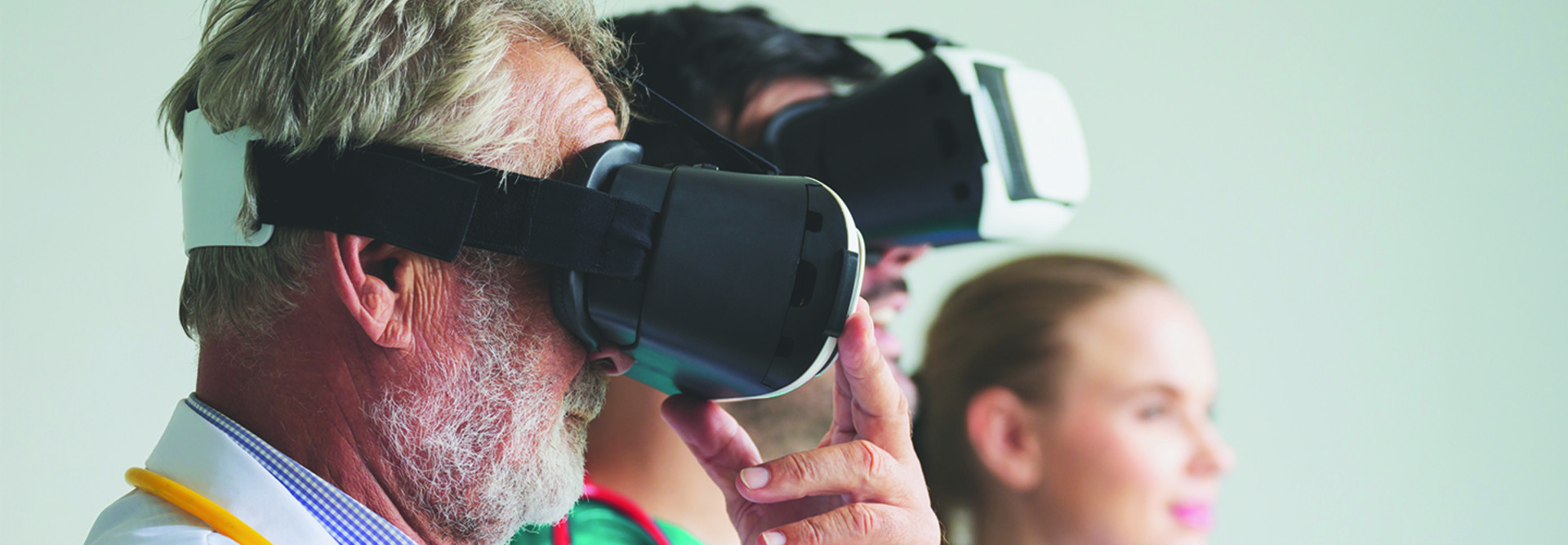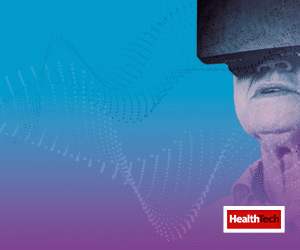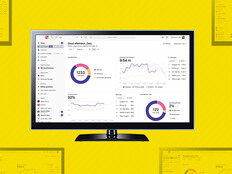A variety of VR platforms have been used for several years at Vanderbilt University Medical Center, where dedicated surgical simulation facilities are housed inside the school’s Center for Experiential Learning and Assessment.
“The center has a room with a surgical simulator, offering true virtual reality where surgical trainees can go through various general surgical procedures using laparoscopic instruments,” Dr. Rondi Kauffmann, an assistant professor of surgery at Vanderbilt, tells HealthTech.
The tools, she adds, provide haptic feedback technology that gives trainees appropriate physical sensations — the feel of soft tissue, for example, or the vibration of a saw on bone — while they move through a simulated surgery.
By supplementing key sensations of holding surgical instruments and touching patient body parts, it allows for a greater understanding before a real-life event.
How VR Tracks and Analyzes Progress in Real Time
The benefits of VR in a medical training setting are twofold.
“Having a VR platform is incredibly powerful in improving skill acquisition by being able to practice fundamental techniques in a safe setting,” Kauffmann says. “But even more powerful is that we can then provide feedback.”
All of the data, including a user’s movements, are tracked, and the resident can get real-time feedback. When that person practices again via VR, teams can clearly track how much he or she has improved.
Which #VR use case most interests your organization? #healthcare
— HealthTech Magazine (@HealthTechMag) November 9, 2020
“This makes the evaluation process much more objective,” Kauffmann says.
That said, she’d like to see VR platforms more accurately represent the diversity and imperfections of the human body.
“Patients don’t always follow the textbook in terms of anatomy, so there needs to be more variability in the presentation in the anatomy, in the operative situations that might be encountered,” Kauffmann says.
‘Training Without Any Risk’: Why VR Helps Doctors
Over time, VR will be essential for teaching laparoscopic and robotic surgery techniques that require new and precise skill sets, says Dr. Bejoy Daniel, a medical device consultant and a senior industry analyst at Frost & Sullivan.
“The more surgeons can practice and train, the more they create muscle memory, and it helps them to become more skilled,” he says. “If surgeons are well equipped and well trained, it boosts their confidence.”
A surgeon who views five live surgeries in a month could do so with a VR headset. The virtual arrangement also can instill comfort and confidence.
“With VR, you get to manipulate the procedure without risking the patient, because you get to try a number of procedures and from there you can adapt to find the most effective way — it’s training without any risk,” Daniel says. “It makes learning a bit more fun.”
Integration of these tools remains a challenge, he adds, noting that interoperability across devices in surgical training programs must be addressed.
“The next step is how these VR companies collaborate to get equipment to talk to each other, view data and make it easier for surgeons to communicate — such as getting specialized guidance outside of the operating room,” Daniel says.













